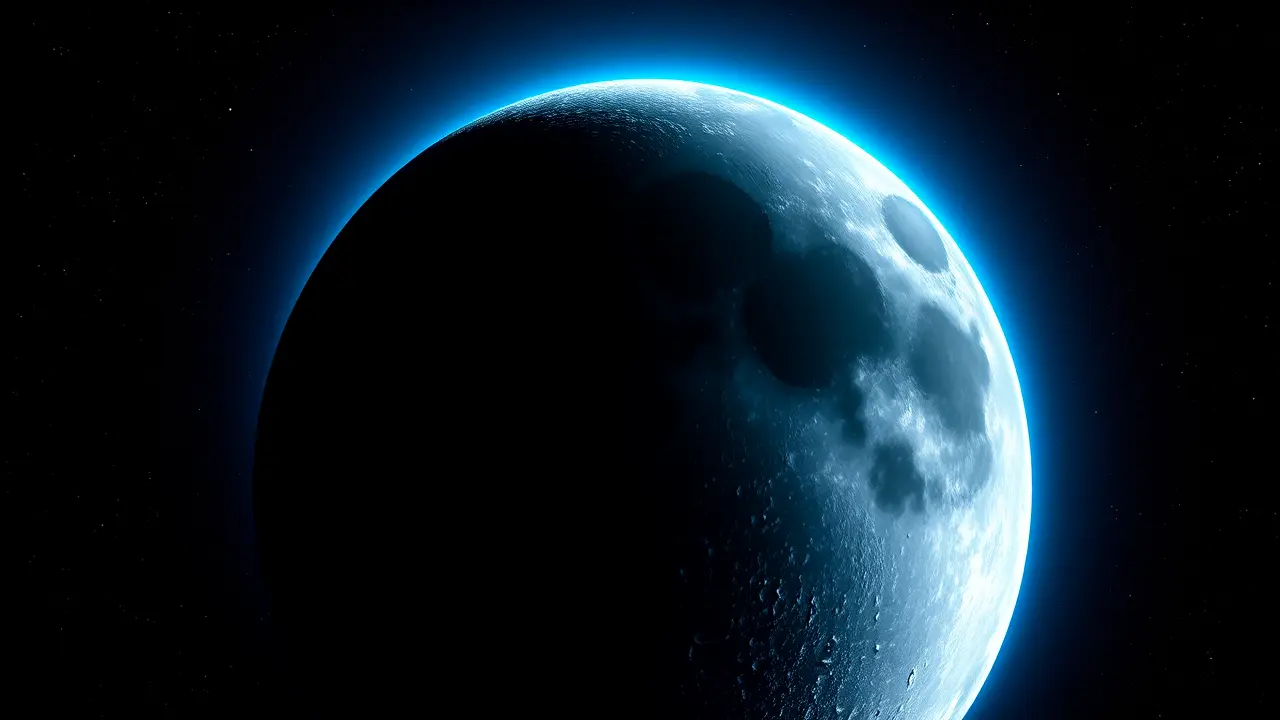NASA Investigates Anomaly in Moon's Largest Crater
The far side of the Moon, that perpetually hidden hemisphere, has long been one of our solar system's most profound enigmas, a celestial body double that has fueled scientific curiosity and public imagination in equal measure since the Apollo era first gave us a fleeting glimpse. Now, NASA is zeroing in on its largest crater, the South Pole-Aitken Basin, following the detection of a significant gravitational anomaly and unusual compositional data that suggest the basin is anything but a simple scar from a primordial impact.This isn't just another crater; it's a colossal depression spanning roughly 2,500 kilometers in diameter and reaching depths of up to 13 kilometers, making it one of the largest known impact structures in the entire solar system. The data, painstakingly gathered by missions like the Gravity Recovery and Interior Laboratory (GRAIL) and the Lunar Reconnaissance Orbiter, point to a massive, dense mass—a so-called 'mascon'—hundreds of miles beneath the basin's floor.The leading hypothesis, one that sends a thrill through the astrophysics community, posits that this could be the remnants of the asteroid's metallic core that punched into the Moon some 4 billion years ago during the Late Heavy Bombardment, a period when the inner solar system was a shooting gallery of colossal projectiles. Alternatively, it could be a concentration of dense oxides related to the last dregs of the lunar magma ocean solidifying.Unraveling this mystery is a primary scientific driver for the upcoming Artemis III mission, which aims to land astronauts near the lunar south pole, placing them within reach of this geological titan. Understanding the South Pole-Aitken Basin is not merely an academic exercise; it's a direct window into the cataclysmic processes that shaped all terrestrial planets, including our own.The energy released in the impact that created it was so unimaginably vast that it likely excavated material from the Moon's deep mantle and possibly even its core, offering a sample of the Moon's interior composition that we cannot access anywhere else. This has profound implications for our models of planetary formation and differentiation.Furthermore, the basin's permanently shadowed regions are thought to harbor vast reserves of water ice, a critical resource for any sustained human presence on the Moon and a potential propellant depot for deeper space missions to Mars and beyond. The investigation is a testament to how far lunar science has evolved from mere mapping to sophisticated geophysical probing, blending orbital remote sensing with the promise of in-situ human exploration.It’s a grand puzzle, a cosmic detective story where the clues are buried under eons of regolith, and the payoff is a fundamental rewrite of our understanding of Earth's closest companion. As NASA prepares to send the first humans to this region, they are not just going to visit the Moon; they are journeying to its deepest, most ancient secret, a place that holds answers to questions we are only beginning to formulate.
JA
Jamie Larson123k2 days ago
this feels like the plot of a sci-fi movie where they wake up some ancient alien metal tbh
0
JA
Jamie Wilson123k2 days ago
this is super cool but idk how they can be so sure it's a metal core from one asteroid like that seems like a huge leap tbh
0
